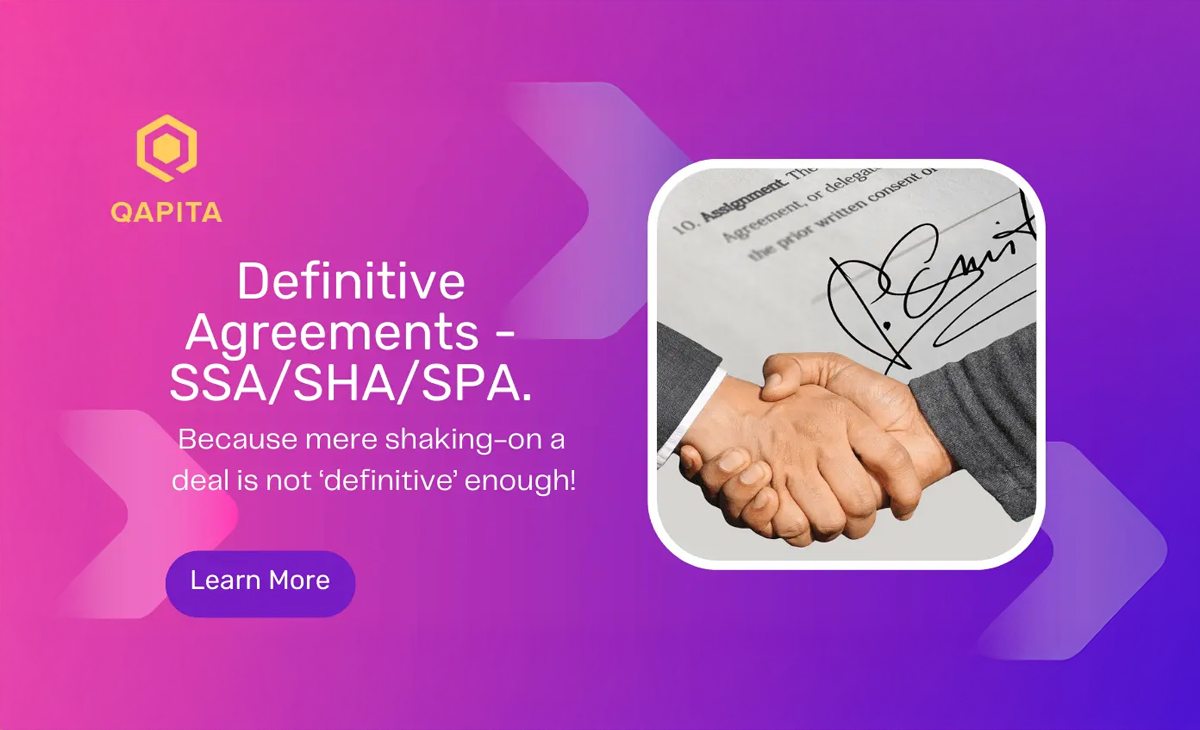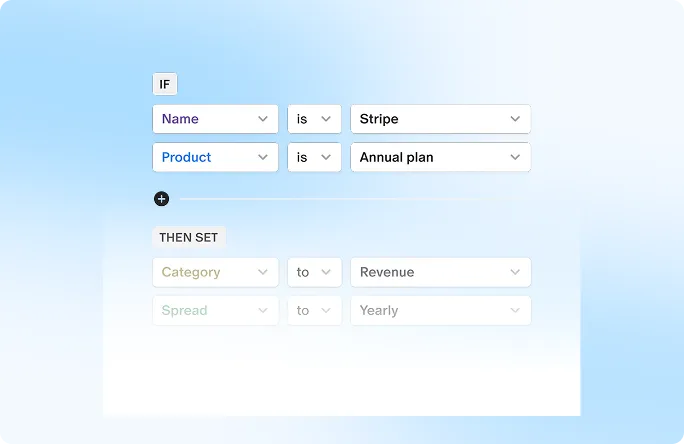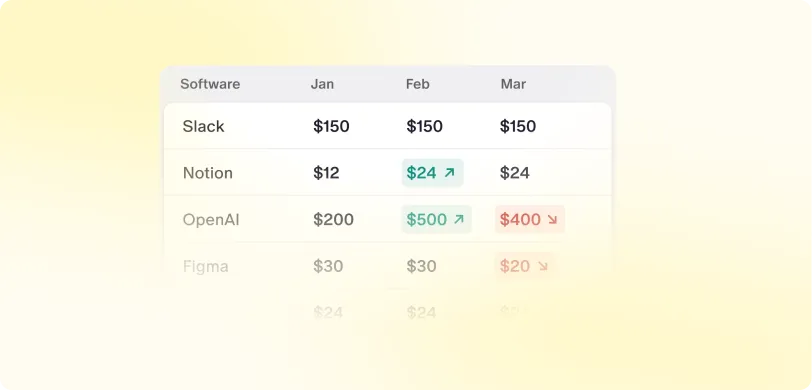In the last blog, we introduced Definitive Agreements and understood the various forms of agreements relevant from a startup financing point of view: SHA, SSA & SPA.
As promised, let's aim to double click on each aspect of these definitive agreements as part of this #SHA101 series. Let's begin with some of the transfer and subscription rights that investors typically have in the startups they invest in: Pre-emptive rights, Transfer of Shares rights including ROFO, ROFR etc.
Today, let's talk about Pre-emptive or Pro-Rata rights.
What are Pre-emptive rights?
Like we discussed in the introductory blog: with each round of investment, founders are not just ceding 'ownership' but also 'control' of one's company to the investors.
Well, one fact about ownership and control is that it tends to get addictive especially when the opportunity you bet on turns out to be a winning horse.
Hence, it's quite logical for an existing investor to keep retaining their ownership and control in a startup that performs well. Well this right given to the investor in the SHA is called Pre-Emptive Right.
Pre-Emptive Rights or Pro-Rata Rights are given to existing shareholders (typically and mostly investors) in companies as part of SHA to retain their proportionate ownership in the company by participating in a new financing round which leads to issuance of new shares.
Pre-emptive rights are typically given to the extent of the proportional shareholding of a stakeholder. For example, if a shareholder owns 10% in a company, as part of pre-emptive rights, this shareholder is offered new shares to the extent that the shareholder is able to retain their 10% ownership post the issue of shares in the new financing round. This enables the shareholder to retain both the quantum of ownership ( and hopefully control).
Hence the name Pro-Rata ⇒ As existing shareholder is offered pro-rata shares to the extent of their percentage holding.
Let's take an Example.
Assume Company A has 100 fully diluted shares outstanding. Investor X has 10 shares implying 10% ownership in the company.
Before New Investment Round
Company A Shares: 100
Investor X Shares: 10
Investor X Shareholding: 10%
Let's assume a new investment round where the company intends to issue 20 new shares to new investors. Let's assume Investor X doesn't exercise pro-rata rights:
After New Investment Round
Company A Shares: 100+20 = 120
Investor X Shares: 10
Investor X Shareholding: 8.33%
As you can see, Investor X's shareholding drops to 8.33% in this case. In order to avoid this dilution, Investor X can exercise their proportional pre-emptive right to subscribe to 10% of the new issuance:
After New Investment Round with Pre-Emptive Right Exercise
Company A Shares: 100+20 = 120
Investor X's Pro-Rata Right: 10%
Investor X's Pro-Rata Shares: 10% x 20 = 2 shares
Investor X's Shares Post Investment: 12
Investor X Shareholding Post Investment: 10%
In this way, Investor X in this example is able to subscribe to 2 additional shares in the new round to retain their ownership in the company.
If there are multiple investors on your captable with Pre-Emptive rights?
In that case, each of the investor having pro-rata rights can subscribe to shares proportional to their shareholding. In the above case, let's say there's also Investor Y having 5 shares (5%) stake, which means they have the right to subscribe to 1 additional share (5% of 20 new shares being issued) to retain their ownership at 5%.
How are these Clauses worded typically in an SHA?
In simpler SHAs pre-emptive right clause takes up half a page with 3 - 4 paragraphs and there are also SHAs where it takes close to 2 pages.
Typical language you can expect:
The Investor will have a right at its sole discretion to subscribe to its Pro Rata Share of the Dilution Instruments in order to maintain its proportionate ownership in the Company.
or
The Investor shall have the right to subscribe to any fresh issue of Shares or preference or equity-related securities ('New Shares') issued by the Company, in proportion to its then existing percentage of shareholding in the Company on a Fully Diluted Basis.
Why do Investors want to have this right?
Retain their ownership
The obvious reason of course is to retain their stake and hence improve their chance of unlocking a large value if the startup does well. Also, the fact that the startup is receiving investor interest for next round financing itself is arguably a proxy that the startup is doing well.
Retain their control
Exercising pre-emptive rights also empowers existing investors to be at the driver's seat while negotiating rights in the new SHA. Typically, every new SHA tries to override the rights given out to investors previously and re-triggers rights giving the latest investors precedence. This is typically in case of board seats, liquidation preferences, anti-dilution, exit rights among many others (we'll cover it in subsequent editions). If an existing investor doesn't participate in the new round, the extent to which they can negotiate to retain some of these rights would be limited.
Hence, apart from ownership, participating in the subsequent round also enables existing investors to remain relevant from a rights and control standpoint!
What should Founders Watch out for?
Well, the basic rule about any aspect of investment or to that matter life is: Always aim to retain Optionality. It's a great place to be in :)
That said, these are standard clauses part of most investment templates and hence founders cannot avoid having these clauses. But do watch out for these aspects:
Super Pre-Emptive Rights: Please say No!
These are rights for investors to subscribe to shares larger than their proportionate holding. These are rare and founders should definitely negotiate not having it.
In certain rare cases, when it's a strategic investor (like a corporate or a larger startup) who is participating in early rounds with a definite acquisition interest (explicitly or implicitly), there might be a case of Super Pre-Emptive right that they would seek.
Whom to offer Pre-emptive rights?
Only offer it to strategic investors. Remember the more stakeholders you offer this to, the more process related work you will have in terms of issuing them a notice and waiting for their response.
Timelines Involved
Typically, there are two types of timelines involved.
- Acceptance Period: Post the 'Offer Notice' sent out by company, this is the the time investor has to respond to the notice with a yes or a no to exercise their pre-emptive right. Typical range I have seen is between 10 days and 30 days.
- Remittance Period: Once the investor agrees to exercise this right, this is the period they have to remit the money to subscribe to the accepted number of shares. Typical range for remittance is about 15 days to 30 days.
Be careful of this period, as in case of a time-sensitive deal, this period could delay the time to close.
Imagine an investor taking 60 days to say yes and another 30 days to remit money.
Try to negotiate the acceptance period to be within 15 days (definitely below 30 days one month is a longtime in startup world!) and remittance period within 15 days too. (21 days on the higher side).
Ensure you send out the right signal!
- Well known funds typically invest across stages. They enter at an early stage (many funds invest at a seed stage) and continue to invest as part of their pro-rata rights at a Series D/E level as well. This works in the favour of the startup as it sends out a positive signal to the ecosystem as an existing investor is willing to increase their investment. (Investor money comes at a high opportunity cost after all!)
Case in Point: Blume Ventures invested in Unacademy (recent EdTech Unicorn) 6 times! Right from Seed round upto their recent Series F round. While I am sure both the founders and investor had a mutual understanding on this, having pre-emptive right helps in making it a rule rather than the exception.
- Hence, if you have such a strategic investor on your captable, ensuring that they subscribe to atleast part of their pre-emptive right shares might not be a bad strategy! Typically, this doesn't apply to angels, incubators and accelerators so see if you can negotiate not giving them these rights to keep life simple for you (the founder).
I hope after reading this note, you are clear about Pre-Emptive rights. In case you have questions, please use the comments section or reach out to me using my coordinates below. In the next blog, we'll cover Transfer of Share Provisions: ROFO and ROFR.
Stay tuned and stay safe!


 ESOP Management
ESOP Management

 Liquidity Solutions
Liquidity Solutions

 ESOP Consulting
ESOP Consulting

 Fund Management
Fund Management











































